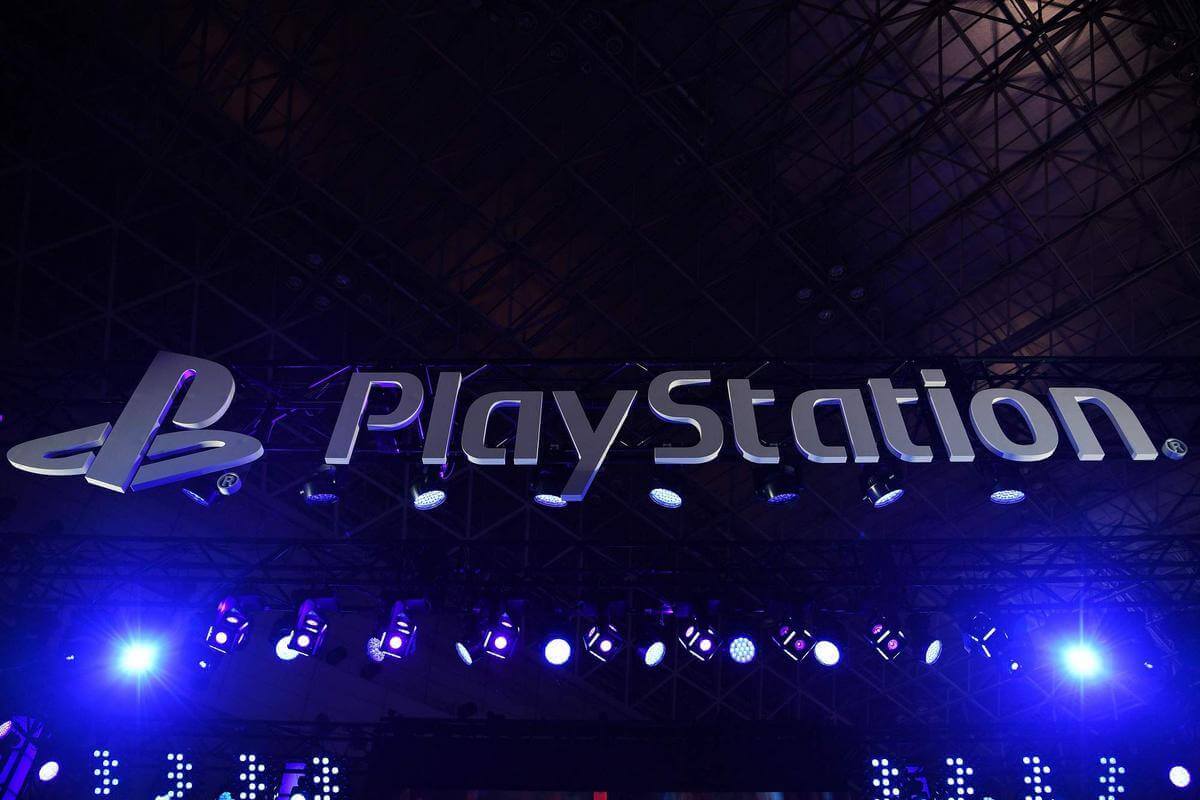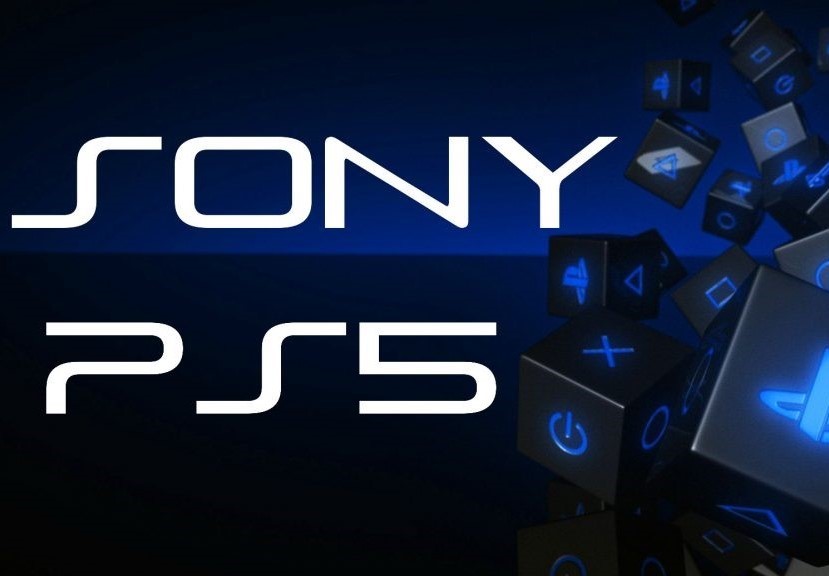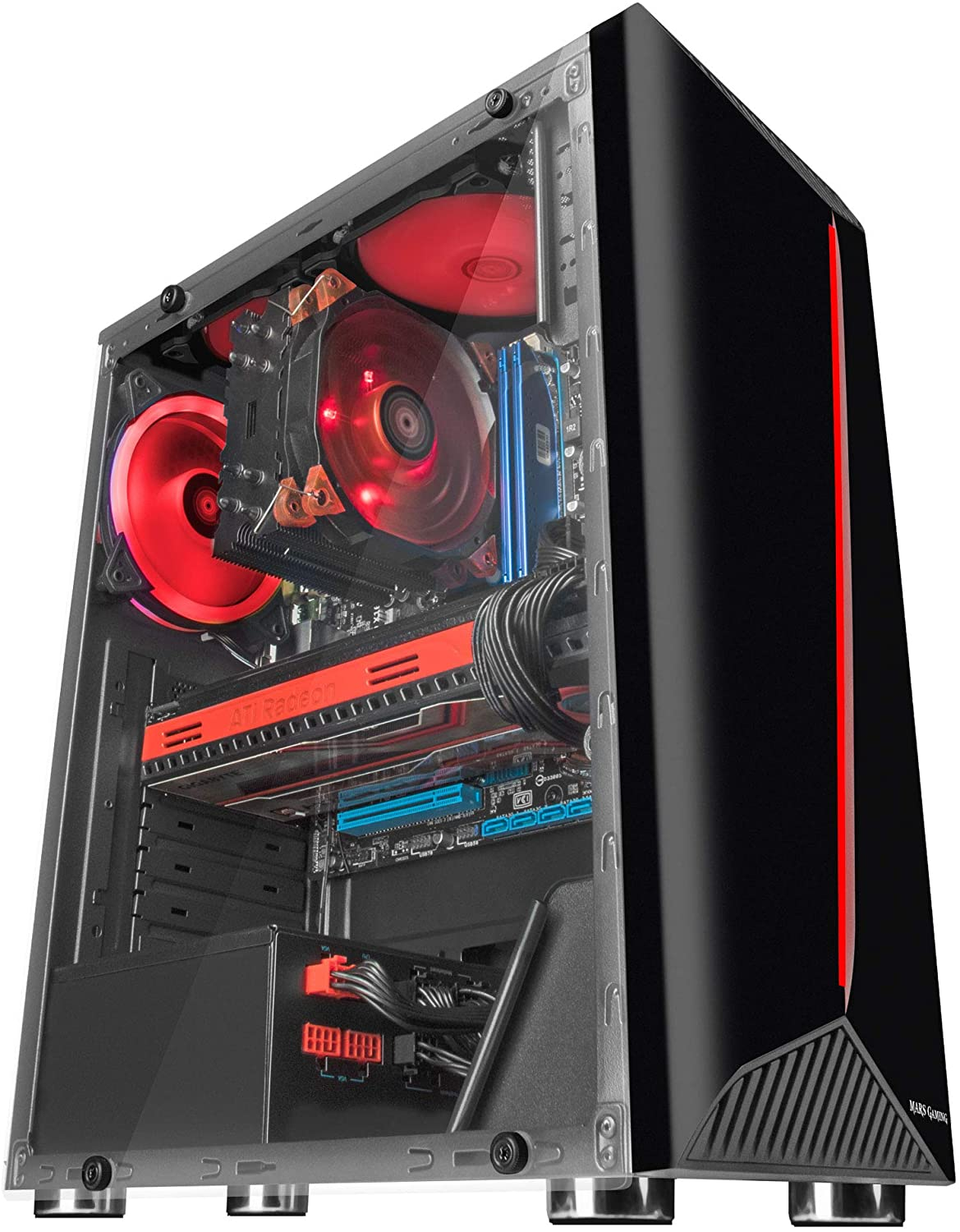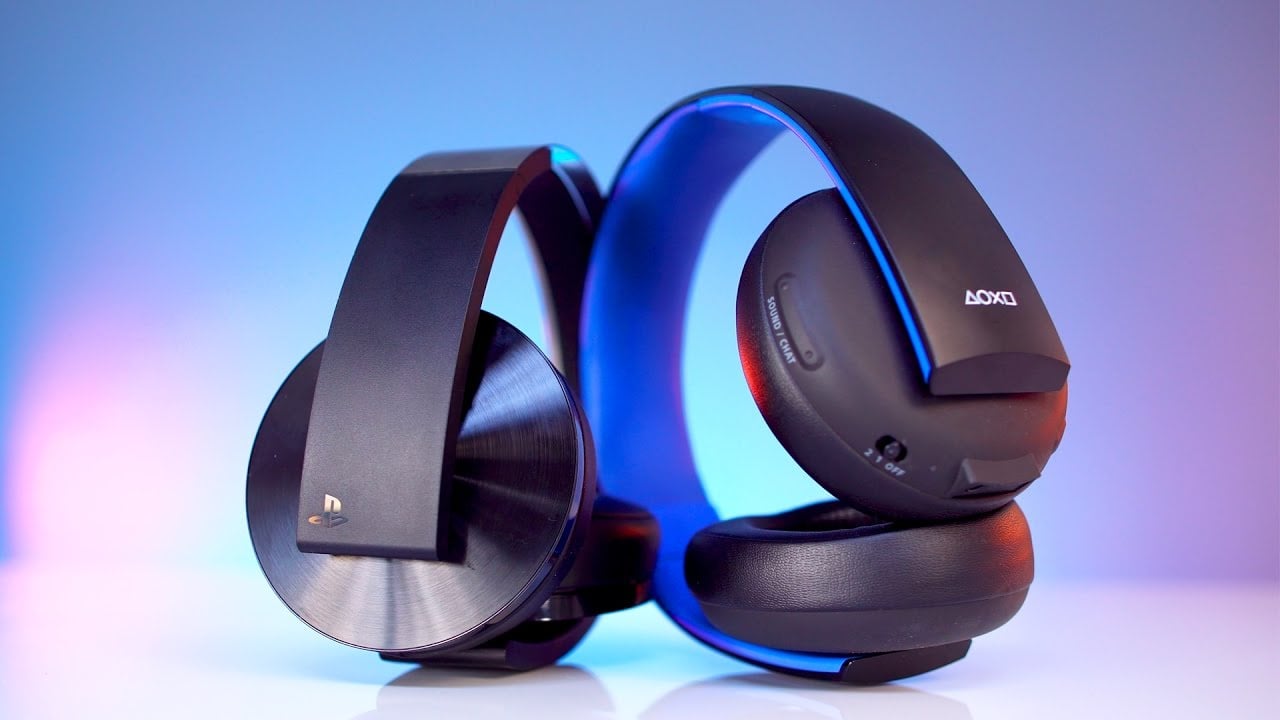PlayStation 5 Hardware Specifications Revealed Ps5 Free

Nearly a year after Sony first began discussing its next-generation console, the company provided detailed information on the after the presentation.

During the presentation, Cerny said the CPU will feature eight Zen 2 cores with a variable frequency up to 3.5 GHz, and the GPU will be “a custom AMD GPU based on their RDNA 2 technology.” The peak GPU performance will be 10.28 teraflops, based on 36 compute units running at up to 2.23 GHz.
While the technical capability of the PS5’s hardware falls short of the , the next-gen consoles will not be defined solely by raw power output. For one thing, the PS5’s processing hardware is much more efficient than the PS4’s, so a single compute unit delivers more performance. Cerny said that the PS5’s 36 compute units are roughly equivalent to 58 PS4 compute units, since the PS5 compute units have 62% more transistors.
“The change to a variable-frequency approach will show significant gains for gamers,” said Cerny during the presentation.
Perhaps the most significant component of the PS5 is that the console’s internal storage will be a solid-state drive. In interviews last year, Cerny said that Sony has built custom software and connectivity for the console’s SSD to enable vast improvements in loading times and in generating game environments. Cerny confirmed that the drive, which will offer 825 GB of storage, will connect via the PCI Express 4.0 interface.
by buying some off-the-shelf PCIe 4.0 M.2 SSDs and installing them in an expansion bay in the console. However, there are caveats — Sony is undertaking a certification program, since the drives must meet or exceed the speed of the console’s internal SSD and must fit within the bay. The certification is “likely to be a bit past [the PS5 launch],” said Cerny, so don’t go buying any SSDs just yet.
PlayStation 5 hardware specifications
| Feature | Details |
|---|---|
| Feature | Details |
| CPU | eight x86-64-AMD Ryzen Zen 2 cores (16 threads), variable frequency at up to 3.5 GHz |
| GPU architecture | AMD Radeon RDNA 2-based graphics engine with hardware acceleration for ray tracing |
| GPU | 36 compute units at a variable frequency up to 2.23 GHz (10.28 teraflops) |
| Memory / interface | 16 GB GDDR6 / 256-bit |
| Memory bandwidth | 448 GB/s |
| Internal storage | custom 825 GB SSD, PCIe 4.0 |
| I/O throughput | 5.5 GB/s (read), typical 8-9 GB/s (compressed) |
| Expandable storage | NVMe SSD expansion bay |
| External storage | USB hard drive support |
| Optical drive | 4K Ultra HD Blu-ray |
| Video | HDMI 2.1 (support for 4K 120 Hz TVs, 8K TVs, VRR) |
| Audio | Tempest 3D AudioTech |
Cerny also focused on the PS5’s audio capabilities. Sony built a custom hardware unit for 3D audio that it calls Tempest 3D AudioTech. This was partly because of the company’s specific goals with audio, which precluded the use of existing object-based audio solutions such as Dolby Atmos. (Cerny also noted that Sony wanted the PS5’s 3D audio to be available to all users, not just those with headphones or sound systems with support for a licensed standard such as Dolby Atmos.)

“Headphone audio is the current gold standard for 3D audio on PlayStation 5,” said Cerny, adding that Sony is working on 3D audio via sound systems and virtual surround delivered through TV speakers. He added that because Tempest 3D AudioTech’s positional sound is based on a mechanism known as the head-related transfer function (HRTF) that is different for every human being — it’s like a fingerprint — the PS5 will allow users to choose between five different HRTF settings to get the best 3D audio experience.
The PS5 will offer hardware acceleration for when the console launches later this year. And users can hook up a USB external hard drive to the PS5 and run PS4 games off of it.
Sony is planning to launch the PS5 in the , which is the same release window that Microsoft has given for the Xbox Series X.















